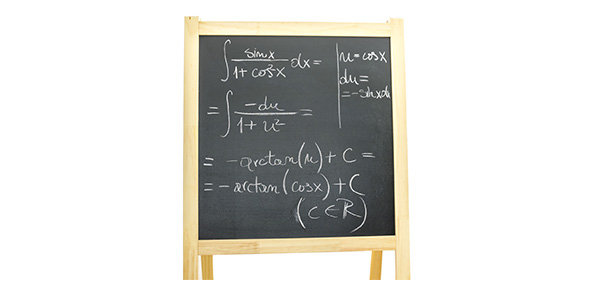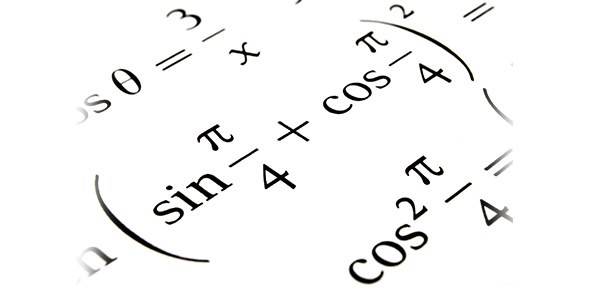Related Flashcards
Related Topics
Cards In This Set
| Front | Back |
|
Population |
Complete collection of all elements (scores, people,
measurements, etc.) to be studied
|
|
Sample
|
A subcollection
of members selected from a population
|
|
Parameter |
A numerical measurement describing some characteristic of a population
|
|
Statistic
|
A numerical measurement describing
some characteristic of a sample
|
|
Quantitative Data
|
Numbers representing counts
or measurements
|
|
Qualitative Data (also categorical data or attribute data)
|
Can be separated into different categories that are distinguished by some
nonnumeric characteristic.
|
|
Discrete Data
|
The number of possible values is
either a finite number or a “countable” number
|
|
Voluntary Response Sample
|
Self-Selected
Sample
respondents themselves decide whether to be included. |
|
Ratio Level of Measurement
|
The ordinal level
with the additional property that there is also a natural zero starting point
(where zero indicates that none of the quantity is present). For values at this
level, differences and ratios are both meaningful.
|
|
Interval Level of Measurement
|
The ordinal
level, with the additional property that the difference between any 2 data
values is meaningful. Data at this level do not have a natural zero starting point
(where none
of the quantity is present).
|
|
Ordinal Level of Measurement
|
Data that can be
arranged in some order, but differences between data values either cannot be
determined or are meaningless.
|
|
Nominal Level of Measurement
|
Characterized by
data that consists of names, labels, or categories only. The data cannot be
arranged in an ordering scheme (i.e. low to high).
|
|
Continuous (numerical) Data
|
Infinitely many
possible values that correspond to some continuous scale that covers a range of
values without gaps, interruptions, or jumps
|
|
Determin whether the given value is a statistic or a parameter.
In a study of all 2240 students at college, it is found that 35% own a vehicle. |
This is a parameter because the value is a numerical measurement describing a characteristic of a population.
|
|
A packager wraps 1 item every 5 min, so 96 items are completed in his first day of work. His manager checks his work by randomly selecting an hour of the day, then reviewing all the items he completed that hour. Does this sampling plain result in a random sample? Dimple Random Sample?
|
This sampling plain results in random sampling because each item has an equal chance of being selected, but it is not a simple random sampling because each group of x items does not have an equal chance of being selected.
|







